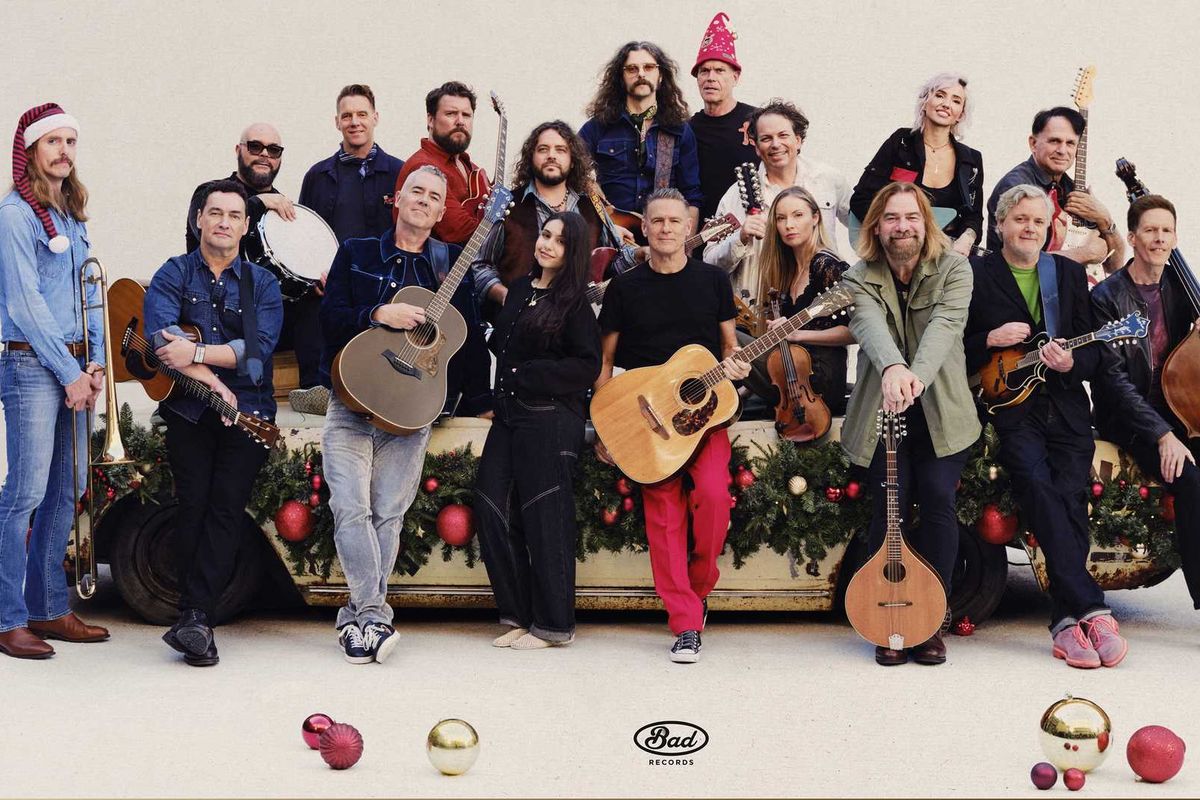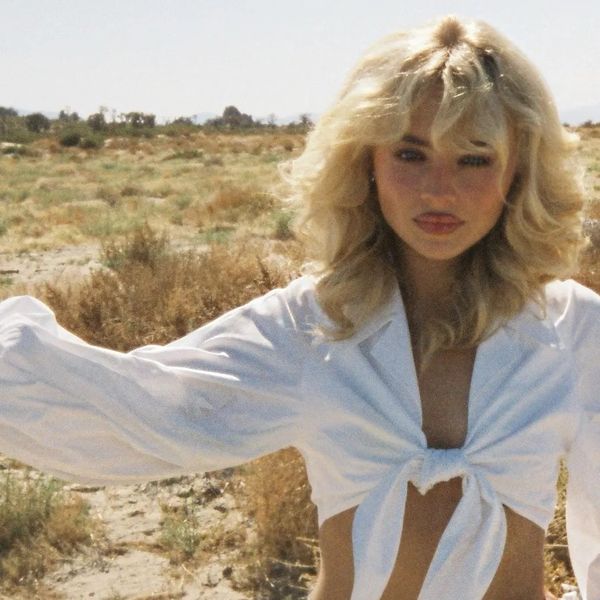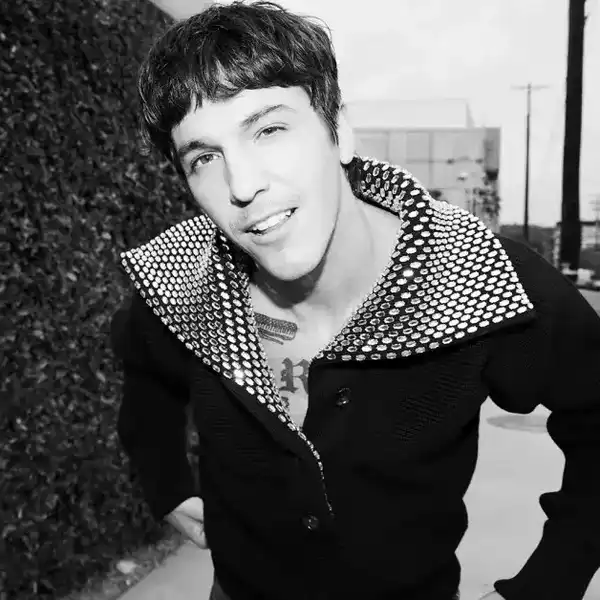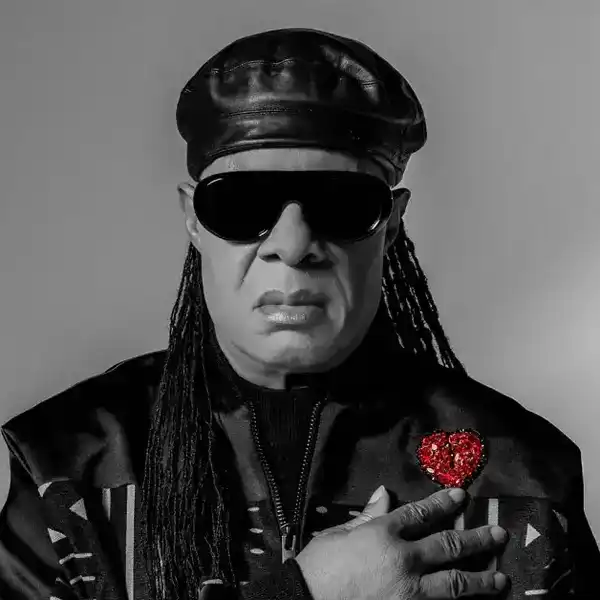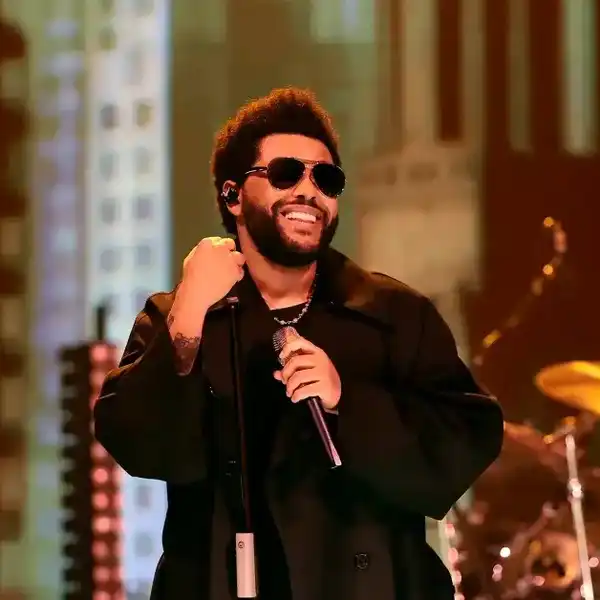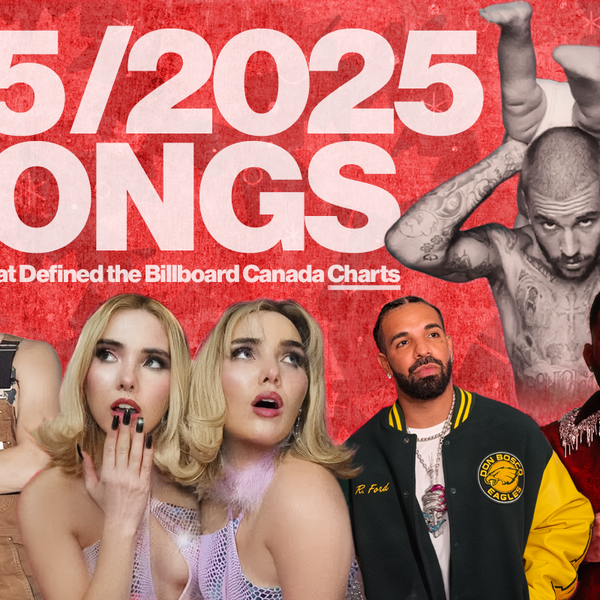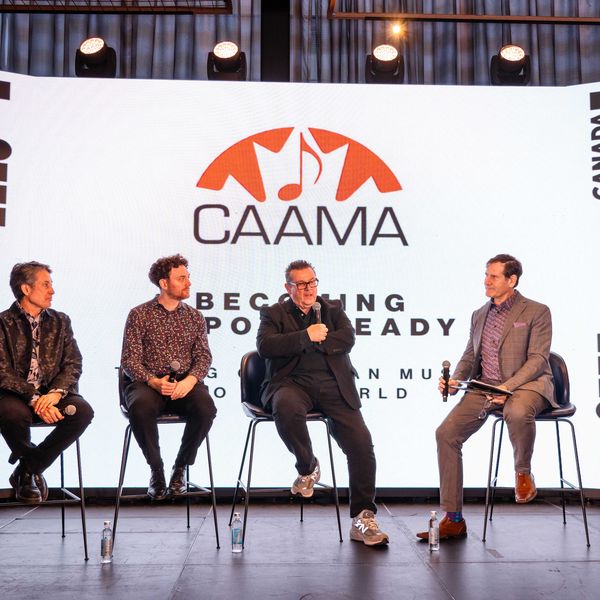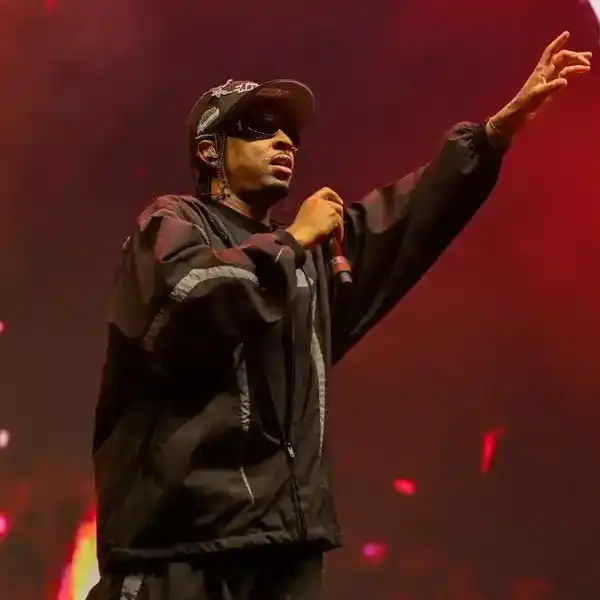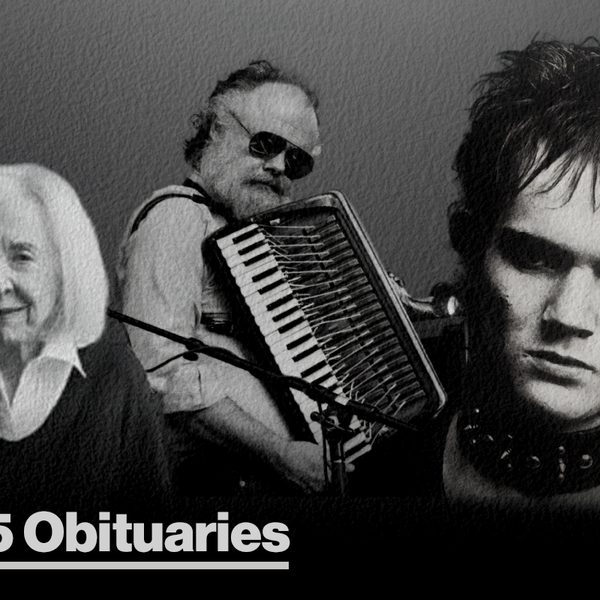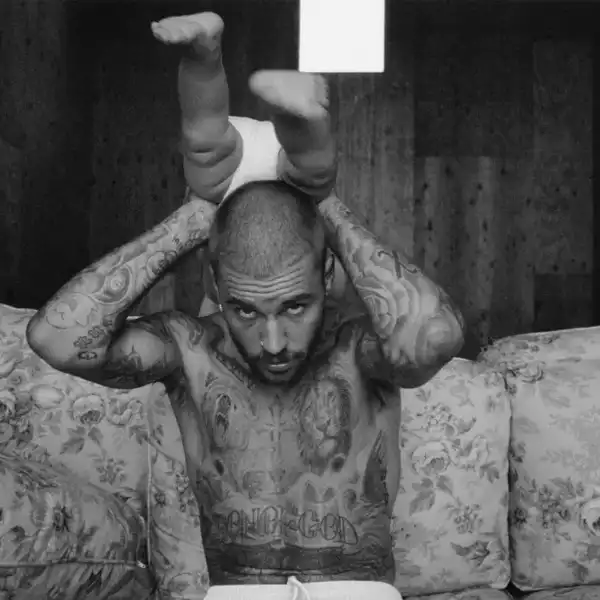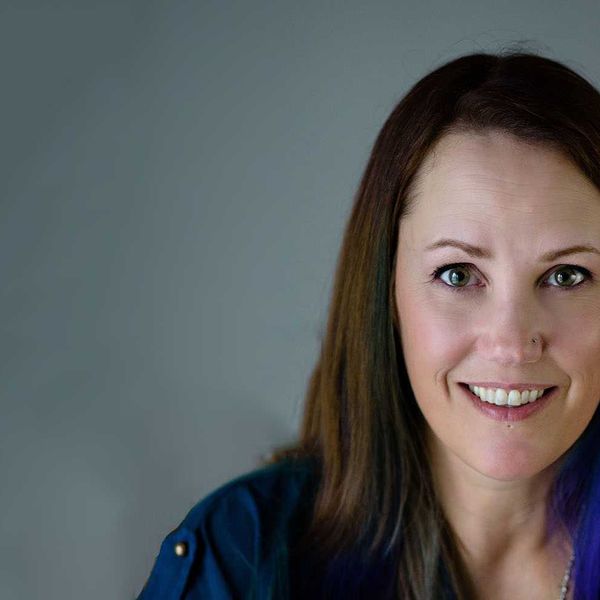Dispatches From Festival International de Jazz de Montreal
A veteran of what he considers the world’s finest jazz festival, Bill King reports from the front lines of the event's 40th edition. Jacob Collier (pictured) was one of many highlights.

By Bill King
I’m sitting here and, as I do on each visit to the world’s finest jazz festival, I take a few moments to scribble a few thoughts around the day that passed.
The concept of one-Jazz is no longer as a new generation of experimenters bend and shape to a world in migratory flight. At year 40, and I must say, with little or no physical celebrations on the surface, the festival is aware of the tastes and connections visitors to the event expect.
The grounds around festival central are grumbling and rumbling and being renovated around the needs of the supremely successful event. Montreal itself is under a construction boom from above and below – a good portion addressing aging infrastructure needs. At the heart of the major digs, the jazz festival breathes life into the central core.
The crowds are here and, much like TD Downtown Jazz and the Beaches International Jazz Festival, the streets are lined with buskers, food stalls, the occasional bluegrass unit and a solo piano situated where any passerby can play in front of a curious audience.
It was year ten when I attempted to snap a photo inside a theatre of Chick Corea and band. Let’s see – thirty years ago? I was a serious novice packing a Kodak Instamatic. I stood centre isle and bravely framed a moment of Corea’s blistering set when the built-in flash lit the concert hall like a blazing asteroid entering earth’s atmosphere. With that came a tap on the shoulder and threat of eviction.
I’ve been seriously photographing Festival de Jazz a good twenty-five years. Long gone are Dave Brubeck, Hank Jones, Aretha, and Ray Charles – and in place now the likes of Roberto Fonseca, Nate Smith, Manu Katché, and Jacob Collier.
On Canada Day, the evening's major concert venues were given over to remaining jazz draws; George Benson and Diane Reeves. Only a few steps beyond, trumpeter Christian Scott and Tunde Adjuah were walking the sold-out hall into the present day and down the road. It was serious Afro-Cuban – Afro-hip hop fusion jazz. Scott laid out his vision and where he wished to transport the audience and then asked all to chill and enjoy.
Lorraine Klaasen dug deep into her South African roots and took charge of the overflow crowd - a good many sporting lawn chairs and cushions out for a rare night under the stars and absent horrendous weather. Klassen has lived a good portion of her life in Montreal and was most definitely a crowd favourite.
Dispatches July 2, 2019
Pianist Wray Downes was recognized by the festival for his long-enduring career now in the 88th year as a performer; musicianship and exceptional contributions to the development of Canadian jazz. The affair was held in the press room of Montreal Jazz Fest with a question and answer session. The hour-long conversation centered on Downes' ability to stay true to the genre, long term as an educator, and early life experiences studying with Oscar Peterson at the Toronto based centre of jazz learning, The Advanced School of Contemporary Music, during the early '60s.
Downes' responses were deliberate, thought-provoking, on point and sincere. He spoke of moments when he was overcome with fear and uncertainty when being evaluated by his jazz mentor. He also discussed the strain of teaching and touring and the demands the music makes on a player whose intent is always to give the maximum effort when playing before an audience. As Downes was handed the award, he asked for help holding the hefty object, then broke into tears. Downes has outlived his mentor and is now one of the remaining connections with Montreal’s glorious jazz past that can also count Oliver Jones amongst its top tier jazz pianists.
The night belonged to the people; streets jammed to capacity. Audiences in Montreal, whether circling a street performer or within the confines of a concert facility, come with open arms. Applause arrives as if every action requires a reaction. This was evident when a child sits behind one of the several public pianos placed strategically throughout the central core. It’s the same for each street performer: wild applause, a hug and dozens of selfies. Indoors the same applies.
Drummer Nate Smith, with his ensemble Kinfolk, gave a somewhat subdued performance at the Monument-National in collaboration with CBCMusic and the long-running Jazz Beat, yet you wouldn’t sense the crowd saw it that way with their rapturous approval. Smith, for his part, is notable for the ease at which he can switch between genres, immaculate playing and instructional videos. He is a marvel to watch in person. On this occasion, he played within the jazz standard – not standards but within the gates of jazz history. Where Christian Scott pushed the boundaries of jazz the night before, Smith was contained and situated dead centre in a comfortable jazz zone with plenty of history to back him up.
The night was owned by young multi-instrumentalist Jacob Collier, a Herbie Hancock discovery and a Quincy Jones mentored prodigy. Collier had the welcome opportunity to play in one of North America’s best-designed venues – Club Soda, which at standing capacity houses 975 patrons and has been in play some 35 years. This is a dream performance venue.
The stage was resplendent in instruments, all situated and positioned to make Collier’s mad dashes between each an aural playground and part of the visual choreography. Collier entered as if blown from a cannon and then proceeded to engage the audience in a sing and chant. Back and forth this went until the room pleaded for the weight of instruments and with two side-mates in toll – a bassist and second keyboardist - Collier crashed down into the piano.
It was dazzling showmanship as if staged by a master manipulator with a Ph.D. in performance art. Collier strutted, mugged, engaged, and entertained while laying out a futuristic blend of jazz, hip hop, funk, and a stylistic mixture of sounds and genre fusion, never heard before. Between piano and percussion interludes, Collier dug his fingers into the fretboard of the electric bass – pulled and tugged as if directed by the funk master himself, bassist Bootsy Collins then darted off in another direction as if the late great Jaco Pastorius was whispering in an ear.
Jazz began as a showman’s game, and on this night Collier and company gave us an excellent read on what to expect in the coming years.
Dispatches –July 3, 2019
The press gallery was packed to hear one of prog rock’s long-living disciples recall his job as assistant engineer on the Beatles' Let it Be and Abbey Road sessions – and engineer on The Dark Side of the Moon for Pink Floyd. Alan Parsons didn’t disappoint. This was a heady session given over to questions about the technical efficiencies of present-day recording sessions compared to the halcyon days of the early ’70s.
Parsons spoke of long days trying to recreate reverbs and delays from scratch through the use of rooms as reflective sound chambers and specific miking techniques and the fact that what took the length of a day to accomplish can now be scaled down to a matter of minutes through the use of Pro Tools. He also acknowledged having a sophisticated recording studio in his home in which his wife insists all work end by dinner time, not the day round sessions that inhabited a good portion of his life. In fact, Parsons wears those studio eyes, a sort of glazed over appearance born after decades of overnights fixated on a mixing board and listening to endless playbacks. Parsons' live show focused on his best-known works: Eye in the Sky, Sirius, Don’t Answer Me and three selections from his latest project that explores the world of magic.
Toronto was on display today with two popular favourites, singer Alex Pangman, and drummer Larnell Lewis, commanding centre stage. Pangman held court on the Scene TD stage facing several thousand captivated revelers. The sun beat down on the long stretch of concrete as the crowd cheered each boogie-style piano solo from pianist Peter Hill and each New Orleans trill and a muted blast from trumpeter John McLeod. The groove was steady and paced to give Pangman plenty of room to deliver a solid performance - one this crowd took to heart.
Down a side lane, drummer Larnell Lewis and band drew a sizeable audience at Place Heineken. This is one of the rare club-like outdoors tents that looks as if it can handle a good three hundred people. Beyond the rim, another five to six hundred can gather in an intimate setting.
Lewis, along with multi-instrumentalist Rob Christian and pianist Jeremy Ledbetter rode the fusion train to a finale stop while picking up passengers along the way. This is muscular jazz played with conviction and contemporary thought. The song passages toyed with rhythmic and harmonic shifts with Lewis' rock-solid pocket the source of extreme weather. Lewis swirls, and kicks and pops in step with the now. It’s the kind of drumming you hear the world's best deliver daily. The crowd recognized the level of commitment and artistry and rewarded each solo effort with sustained applause.
The Invisible Man: An Orchestral Tribute to Dr. Dre was a delight. The tribute arrived in 2017, courtesy Sly5thAve. That night at the Wilshire Abell Theatre included some of L.A.’s best musicians. The piece was conducted by producer, arranger, and multi-instrumentalist Sylvester Uzoma Onyejiaka 11, aka Sly5thAve. This night was a recreation and a tribute to the original concept that came from a benefit concert to raise funds for a new music school in Compton.
Held in the Monument-National – a theatre of great acoustics and stately elegance, the night was an aural landscape of hip-hop beats and symphonic intent. The merging of worlds succeeded on many levels.
How Deep is Your Love? The classic Bee Gees hit keeps rolling around in my brain because of one man, PJ Morton. Knowing Morton was playing one floor below in the press gallery in L’Astral made the already long jazz day a must wait and see.
Morton for his part took the stage in front of a legion of followers all familiar with his Grammy-nominated Gumbo, his first self-released studio album. The New Orleans born entertainer is both an excellent singer and keyboardist with loads of stage presence and easy manners even when a digital keyboard mounted above his suitcase Rhodes piano malfunctioned. Behind Morton, a crack band well-versed in the intricacies of vintage soul and R&B. From the downbeat, a fierce James Brown style rhythm rained down on the capacity room setting the stage for a well-crafted and conceived set of originals.

